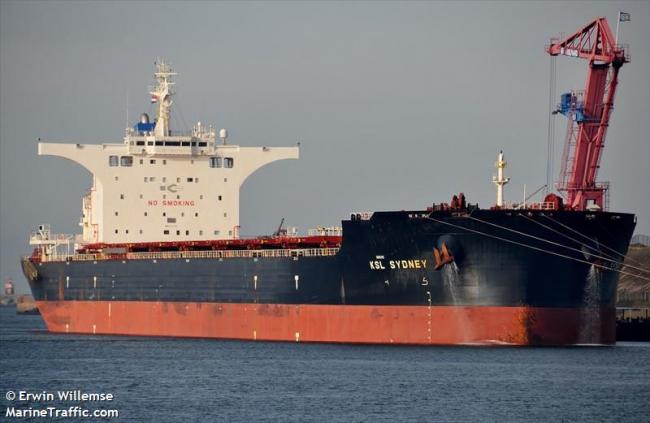On the 16th October 2018, the MV KSL Sydney, a Hong Kong-flagged Bulk Carrier, was attacked 340 Nm off the coast of Somalia in the Somali Basin.
Due to the application of BMP protection measures by the Master, his crew and the private security team, the piracy attack was thwarted and the crew and vessel remained safe. The Master had already evacuated the crew to the citadel when the embarked Armed Security Team (PAST) responded to the attack. There was a sustained exchange of fire before the skiff with several armed people on board broke off and changed course away from the MV.
Following the collective advice of industry and military counter-piracy operations, as written down in Best Management practices 5 (link here), the Master's actions and the on board security team’s reaction proved essential in preventing the suspected pirates getting aboard and seizing the vessel.
As soon as the ship's Master had contacted UKMTO (the United Kingdom Maritime Trade Organisation), EU NAVFOR –MSCHOA conducted an initial incident assessment and issued an alert and navigation warning to all merchant shipping transiting the area. The coordination of a military response swiftly followed by EU NAVFOR with other counter-piracy missions such as the Combined Maritime Forces' dedicated counter-piracy task force to ensure a coordinated response to the attack. As a direct consequence, EU NAVFOR’s Force Commander, Rear Admiral Alfonso Nanclares, deployed several counter-piracy assets of Operation ATALANTA in the Somali Basin to maintain heightened vigilance.
EU NAVFOR remains committed to deterring, preventing and suppressing piracy and emphasises that Best Management Practices (BMP 5) are to be adhered to by the maritime Industry in order to maximise the safety of the ship and their crews at all times whilst transiting the high-risk area.
Due to the application of BMP protection measures by the Master, his crew and the private security team, the piracy attack was thwarted and the crew and vessel remained safe. The Master had already evacuated the crew to the citadel when the embarked Armed Security Team (PAST) responded to the attack. There was a sustained exchange of fire before the skiff with several armed people on board broke off and changed course away from the MV.
Following the collective advice of industry and military counter-piracy operations, as written down in Best Management practices 5 (link here), the Master's actions and the on board security team’s reaction proved essential in preventing the suspected pirates getting aboard and seizing the vessel.
As soon as the ship's Master had contacted UKMTO (the United Kingdom Maritime Trade Organisation), EU NAVFOR –MSCHOA conducted an initial incident assessment and issued an alert and navigation warning to all merchant shipping transiting the area. The coordination of a military response swiftly followed by EU NAVFOR with other counter-piracy missions such as the Combined Maritime Forces' dedicated counter-piracy task force to ensure a coordinated response to the attack. As a direct consequence, EU NAVFOR’s Force Commander, Rear Admiral Alfonso Nanclares, deployed several counter-piracy assets of Operation ATALANTA in the Somali Basin to maintain heightened vigilance.
EU NAVFOR remains committed to deterring, preventing and suppressing piracy and emphasises that Best Management Practices (BMP 5) are to be adhered to by the maritime Industry in order to maximise the safety of the ship and their crews at all times whilst transiting the high-risk area.
